Does reverse osmosis remove legionella? Yes, reverse osmosis does remove legionella. According to the Centers for Disease Control and Prevent (CDC), reverse osmosis is the most effective and preferred method of removing legionella and other kinds of bacteria from water.
How does a reverse osmosis water filter remove legionella from water?
Most people don’t know that Legionella doesn’t refer to a specific bacterium (singular form of bacteria) rather than a group of bacterium. Currently, there are 52 different species in this group. Among these species, Legionella pneumophila is responsible for approximately 90% of confirmed cases of legionellosis diseases.
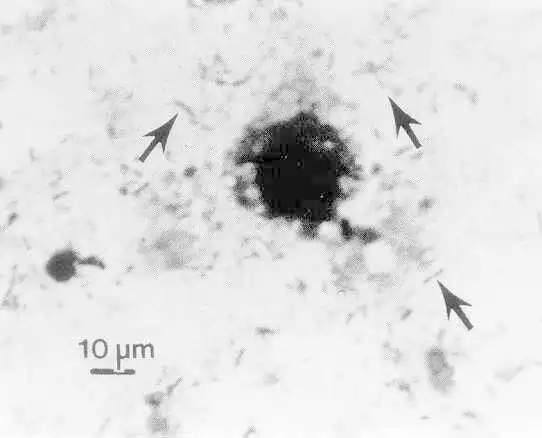
According to the book named Medical Microbiology (4th edition) Chapter 40, all legionella bacteria have a long and filamentous structure. They are about 2 to 20 μm (Micrometer/Micron) long and 0.5 μm wide. And the number one culprit, Legionella pneumophila has a length of 3 to 5 μm.
As you may know,
All certified reverse osmosis water filters use a “Reverse Osmosis Membrane” to remove impurities from water. The pore size of RO membranes is only 0.0001 μm. It is 5000 times narrower than the average width of legionella bacteria. When a RO water filter pushes water through the membrane, every known bacteria get filtered by the membrane. That’s why treated water by a reverse osmosis water filter is considered safe, healthy, and free of all types of legionella bacteria.
Install a Home Water Filter & Get "Unlimited Safe Drinking Water" For Decades
Get Upto 55% Discount With a Lifetime Warranty & 6-Months Money Back Guarantee Free Shipping
SpringWell Water Filtration Systems: 100% American-Made & NSF Certified Water Filters and Water Softeners
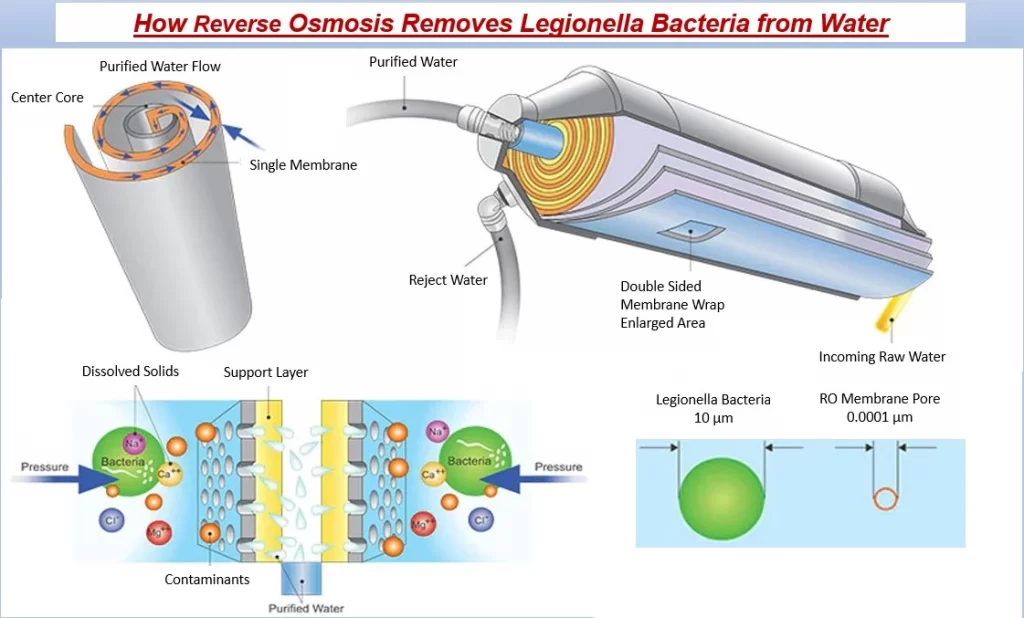
How to prevent legionella in drinking water?
The CDC has not yet set any safe level for legionella water in drinking water. It means that even a single bacterium can make drinking water unsafe. If you suspect you might have legionella in tap water, avoid drinking it without filtration.
Best legionella pneumophila water filters
Invest in a tankless RO water filter to get safe drinking water for you and your loved ones. We prefer the WaterDrop G3 tankless RO water filter. It uses 3 filter cartridges to purify water in 7 deep stages. It filters about 400 gallons per day, one gallon in just 3.6 minutes. And, it filters water only when needed. As the name suggests, it doesn’t have a tank to hold water. So it avoids secondary pollution of already filtered RO water by legionella or other pathogens.
Our Readers Get an Exclusive 10% Discount on all WaterDrop Water Filters. Click Here to Apply Coupon Code: Open-air-home-10
Those of you who want an installation-free water filter can use countertop RO water filters. You can place it anywhere you like, including the kitchen, bedroom, mobile home, etc. All they require is an electrical connection.
On the negative side, countertop RO water filters are a bit slow in filtering water. You will get about 100 gallons of water in a day, 1 gallon in 15-20 minutes. You can see Amazon’s best-selling portable RO water filters here.
If you choose to use a more affordable tank-type RO water filter, disinfect the RO tank frequently. The process is fairly simple. Fill the tank with water and put some regular bleach into it. Let the disinfectant rest there for 5 to 10 minutes. And, then rinse it off using bottled/ distilled water. Don’t use unfiltered tap water for rinsing.
If you don’t know yet,
Let us tell you that just filtering drinking and cooking water is not enough to prevent legionella infection. Because they can float in the air and can enter your lungs if you inhale legionella-contaminated air. That’s why CDC recommends a few other steps to prevent legionella in common sources like hot tubs, water heaters, cooling towers, etc. Keep reading to know the basics of Legionella disease and how you can avoid it.
What is Legionella disease?
The medical term is Legionellosis. It refers to any disease that is caused by legionella bacteria. Legionellosis includes 2 diseases:
- Legionnaires’ Disease: Most Common, Causes severe pneumonia, Treatable.
- Pontiac Fever: Common, causes mild fever, clears on its own.
Since Legionnaires’ Disease is the most common ( almost 90% of all legionellosis cases), we are going to focus on that.
It is a severe form of pneumonia and lung inflammation. When people get infected by a bacterium called ‘Legionella pneumophila’, they get Legionnaires’ disease.
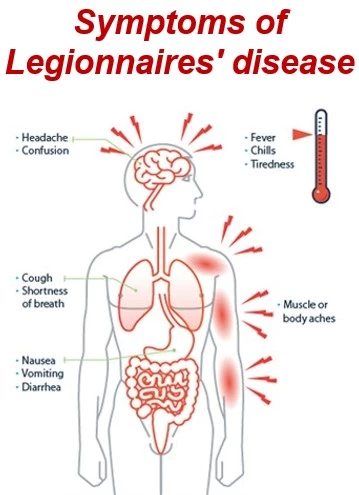
It usually takes 2-10 days for Legionnaires’ disease to develop and shows symptoms after getting infected by the bacteria. The early symptoms include:
- Headache
- Muscle ache
- Fever that may be 104 F (40 C) or higher
After two or three days, some other symptoms appear, like
- Cough, which might bring up mucus and sometimes blood
- Shortness of breath
- Chest pain
- Gastrointestinal symptoms, such as nausea, vomiting, and diarrhea
- Confusion or other mental changes
Legionnaires’ disease is treatable, but some patients may continue to have problems after treatment. So, it’s better to take the necessary steps to prevent legionella infection.
How many people die from legionella?
Although preventable, unfortunately, reported cases of legionnaires disease are going up in the U.S.A. Health departments have reported nearly 10,000 cases of Legionnaires’ disease in the United States in recent years. Source: National Notifiable Diseases Surveillance System

What is more shocking is that CDC is suspecting the actual number could be 2-3 times higher than that. Because without popper diagnosis, legionnaires disease can be mistaken for pneumonia and go unreported to the authorities.
The overall death rate of legionnaires disease is 5-10 %. Even with treatment out of 10 reported patients, one is likely to die of legionella infection. Young kids, older people, and people with lung problems are the worst sufferers of legionnaires disease.
When were legionella bacteria first discovered?
On July 21, 1976, nearly 2000 people attended the annual three-day convention of the American Legion. The convention took place at the Bellevue-Stratford Hotel in Philadelphia, Pennsylvania. What was supposed to be an enjoyable and pleasing experience for legions, turned out to be disastrous when there was an outbreak of pneumonia. 221 people attending the convention were infected. Out of them, 34 people died.
The toll started with the death of Legionnaire Ray Brennan, a 61-year-old retired US Air Force captain. He died on July 27, just three days after the convention ended on July 24, 1976. Doctors thought he had died because of a heart attack at that time. On July 30, four more legionnaires died. And 24 hours later, on 1 August, another 6 more legionnaires died. According to the doctor’s report, they all complained of tiredness, lung congestion, and fever.
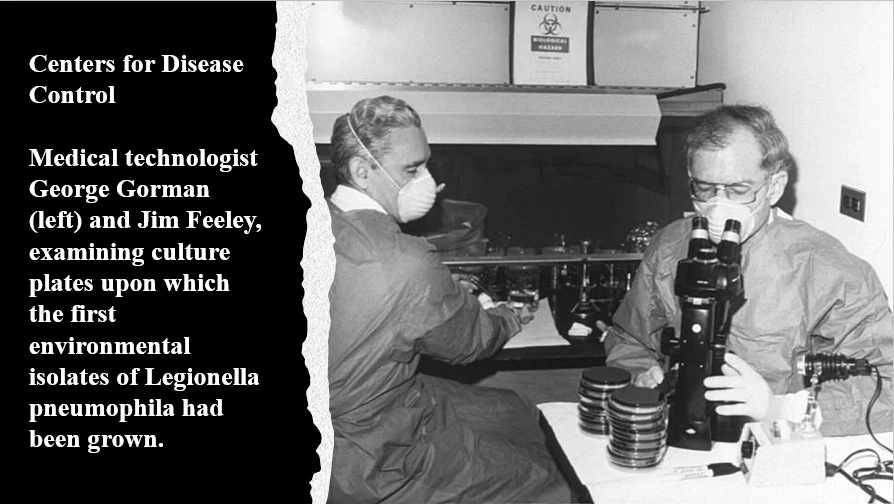
When the authorities found out all the deceased patients stayed in the same hotel days before the incidents, they suspected an outside cause such as a disease carrier might be the reason behind all those deaths. The Center for Disease Control started an investigation and isolated a bacterium that caused the outbreak. It was a new bacterium at that time. So, the authorities named it “Legionella pneumophila”.The word ‘Legionella’ was used in honor of the American Legion, and the word ‘pneumophila’ came from Greek, which means “lung-loving”.
Where do legionella bacteria come from?
Legionella bacteria can mainly be found in 2 sources:
- Natural Water Bodies.
- Man-made equipment that holds water at high temperatures.
Legionella bacteria are widely available in nature. They can be found on soil and in natural water systems like rivers, lakes, ponds, etc. However, legionella bacterial density in natural water bodies is not high enough for people to catch diseases.
Man-made home appliances like hot water tanks, cooling towers, evaporative condensers, hot tubs, and showerheads are considered a haven for legionella bacteria to grow and thrive. In simple words, legionella bacteria can grow in any stagnant and hot (68 to 113 F) water. They can multiply exponentially within 48 to 72 hours in optimum conditions and infect nearby people.
How do people get infected by legionella?
There are two ways people get infected with legionella bacteria. Either by drinking legionella-contaminated water or by breathing legionella-containing aerosol.
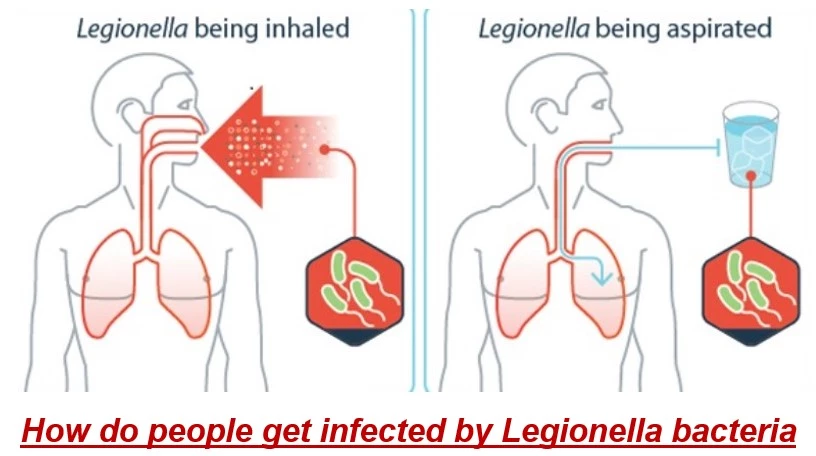
Aerosol refers to droplets of water that are small enough to float in the air and be breathed in by people. As you all know by now, legionella bacteria grow in home appliances that come in contact with water, like water heaters, cooling towers, hot tubs, showerheads, etc.
These types of equipment evaporate water during normal usage. If legionella is present, they create legionella-containing aerosols that can spread over 2 to 3 miles. When people breathe in those aerosols, they get infected with legionella.
What are the common sources of legionella-contaminated droplets?
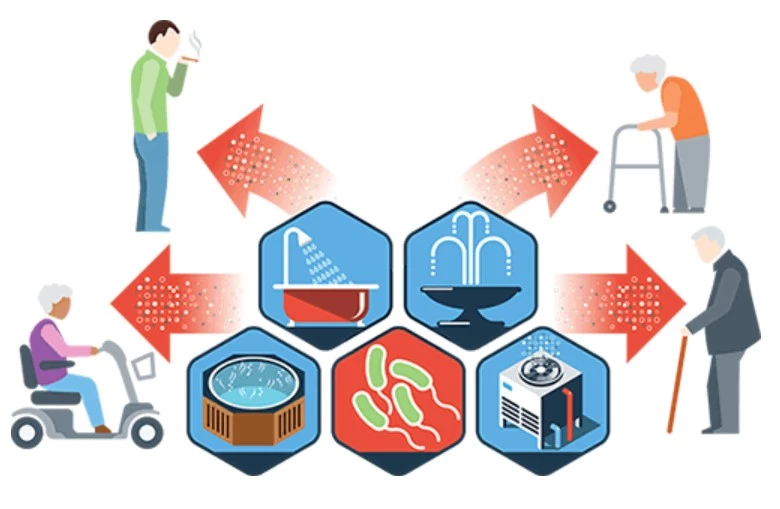
- Unfiltered Water
- Hot tubs
- Cooling towers
- Plumbing systems
- Hot water tanks and heaters
- Decorative fountains
How to prevent legionella in hot tubs?
Hot tubs are undeniably the most suitable place where legionella bacteria can live. Because they warm up the water to the perfect temperature (77–113 °F, 25–45 °C) for legionella to multiply. They also create aerosols that help bacteria to transmit either to humans or to other places. That’s why it’s crucial to take preventive measures in order to prevent legionella outbreaks from hot tubs.
- If possible, try to use hot tubs indoors where airflow is somewhat restricted.
- Use a hot tub filter. And, change the filter cartridge frequently.
- Refill your hot tub with fresh water every day. Don’t let water stay in the tub overnight.
- Must use oxidizing disinfectants like chlorine & bromine in hot tubs. You can either use chlorine tablets or brominating tablets to kill legionella bacteria, but not both at the same time.
- If you use chlorine in hot tubs, maintain the chlorine level between 3 and 10 parts per million (PPM).
- If you choose to use bromine, keep its level between 4- to 8 parts per million.
- You can use “AquaChek TruTest Digital Test Strip Reader For Pool and Spa” to check the chlorine, bromine, and pH level of the water.
- Keep the ph level of tub water between 7.2 to 7.8. The pH level of water varies from place to place. You can use a pH increaser or a pH decreaser if the pH level of your water is not at the optimum level.
How to prevent legionella in a water heater?
There are 2 types of water heaters out there on the market, tank-type water heaters and tankless water heaters.
Preventing legionella in tank-type water heaters is nearly impossible. Because it continuously holds warm water inside the tank, which provides perfect living conditions for legionella. On the other hand, warm water diminishes the effectiveness of disinfectants. Even if you want to kill legionella living inside a hot water heater, you can’t do it without emptying the whole tank.
Additional problems occur if you have hard water in your house. Hard water contains calcium and magnesium ions that create limescale inside a water heater. Limescale provides an uneven fractured surface inside a water heater where legionella bacteria start building up in crevices.
The solution is to avoid tank-type water heaters. Install an electric tankless water heater. Tankless water heaters warm up water only when needed and do not hold water inside. So, it is almost impossible for Legionella to live inside a tankless water heater.
How to prevent legionella in cooling towers?
Although rarely seen in single houses,
High-rise buildings, schools, offices, hospitals, and factories use cooling towers to maintain appropriate temperatures. Cooling towers are like a heat exchange that uses water and air to remove heat from buildings.
There are 2 types of cooling towers on the market, open circuit cooling towers, and closed-circuit cooling towers. They all release aerosolized water into the atmosphere.
The average particle size of aerosolized water is 5 μm and each aerosol can hold at least two bacteria. If present, a cooling tower can spread legionella over miles and infect hundreds of people at once.
To avoid a legionella outbreak from cooling towers, follow these instructions set by the CDC:
- Frequently test water for legionella.
- Use purified water in cooling towers. Install a whole house water treatment system if needed.
- Install cooling towers no less than 25 feet away from building air intakes.
- Operate cooling towers outside the temperature range of legionella’s growth (77–113 °F, 25–45 °C).
- Don’t let limescale buildup in the building. Limescale provides necessary nutrients for legionella to grow. If the water in your city is hard, install a water softener to prevent scale buildup.
- Maintain measurable residuals of oxidizing disinfectant (chlorine & bromine) throughout the day.
Just in case you are wondering,
Air conditioners used in homes and cars don’t use water as a coolant. So, legionella can’t really grow inside your AC.
Frequently Asked Questions
Does bleach kill legionella?
Yes, bleach does kill legionella. Make a 1% solution using regular household bleach to kill legionella.
Does legionella cause pneumonia?
Yes, legionella bacteria cause severe pneumonia named Legionnaires’ disease. The specific bacterium that causes pneumonia is called Legionella pneumonia.
How long does legionella take to develop in water?
About 48-72 hours.
Does boiling kill legionella?
Yes, heat kills legionella bacteria. If you boil water at 100 °C (212 °F), it will certainly kill bacteria.
Does vinegar kill legionella?
No, vinegar does not kill legionella.
Does chlorine kill legionella bacteria?
Yes, Chlorine kills legionella bacteria. Keep the chlorine level at 3- 10 parts per million to get the best result.
- Our Review Of Reverse Osmosis Water Filter From WaterDrop, WaterdDrop G2 Reviews in 2022
- Why reverse osmosis is safe for neti pots?
- Most Powerful Tankless Reverse Osmosis Water Filter, WaterDrop G3 Review In 2022
- 5 Best BPA-Free Glass Water Filters to get in 2022
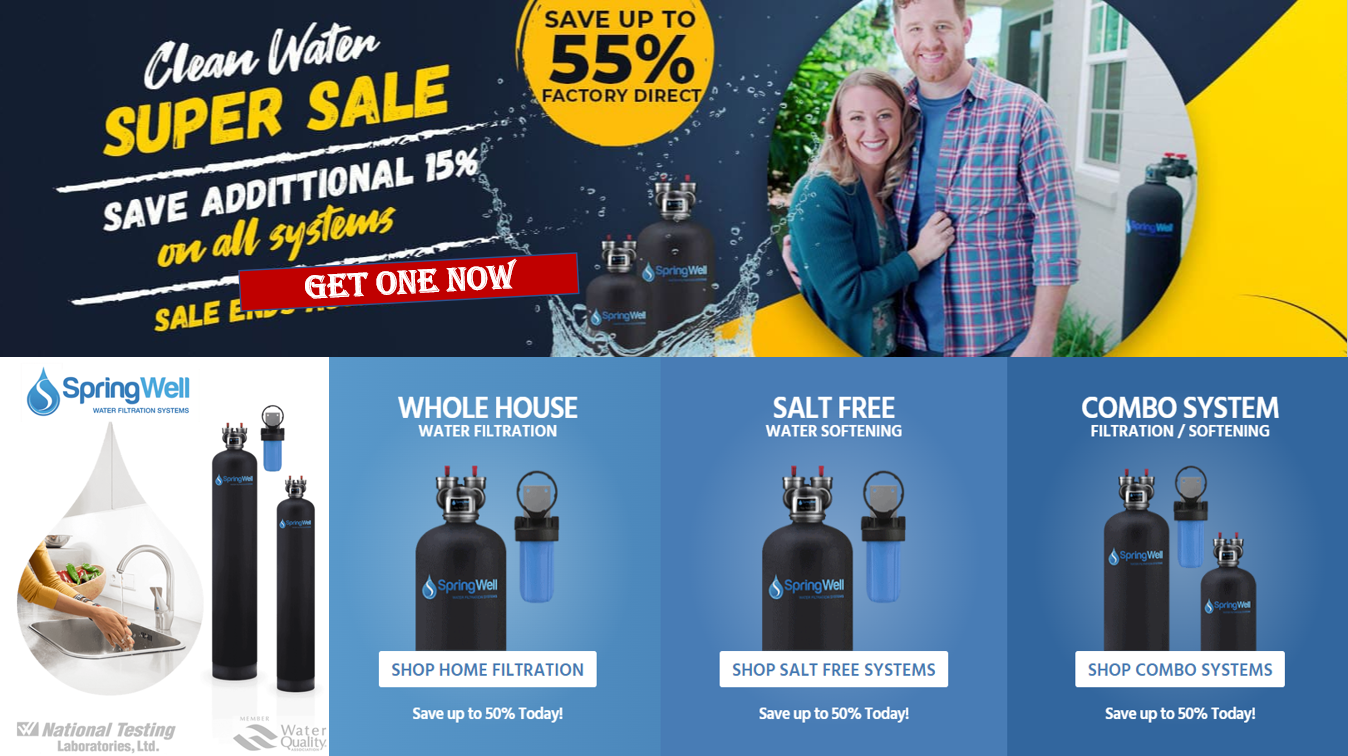

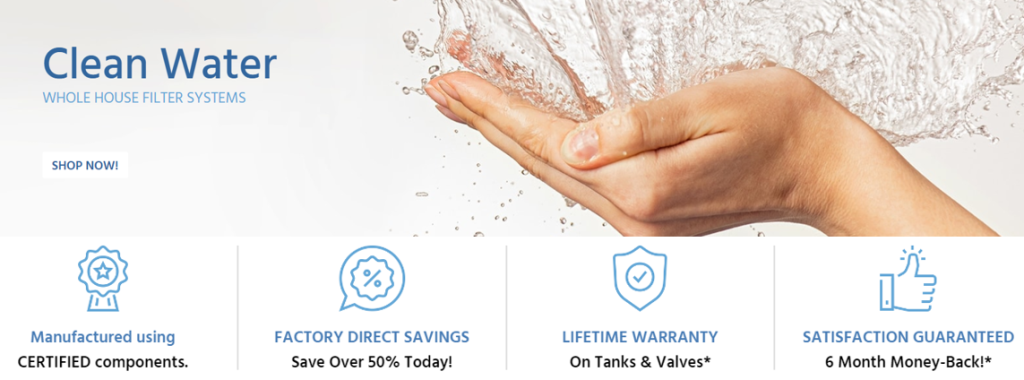


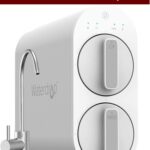
[…] Does reverse osmosis remove legionella bacteria […]
[…] Does Reverse Osmosis Remove Legionella Bacteria? […]
[…] Remove Legionella from Water by Reverse Osmosis […]
[…] Does reverse osmosis remove legionella? […]